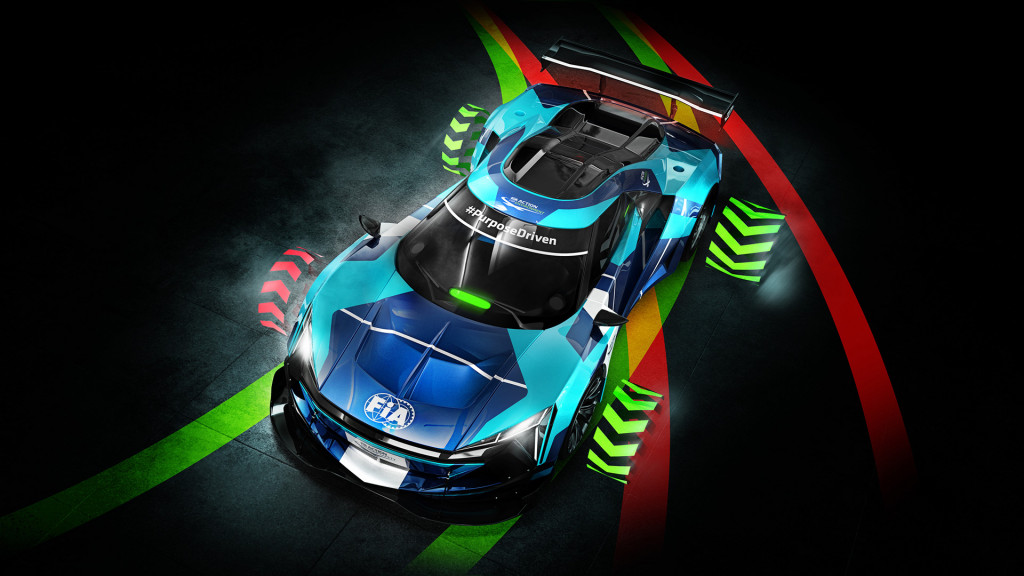The Formula E Championship for single-seat, open-wheel cars is now into its seventh season and has attracted a number of major automakers that field their own teams.
However, we still don't have an electric racing series for cars closer to what we can buy at a dealership. That looks to be changing.
While there have been some false starts, the FIA, motorsport's governing body, on Wednesday announced a category for electric GT race cars packing similar performance to current GT3 cars but with even better acceleration.
The category, which doesn't have a name yet, is intended to serve as a platform in which automakers can develop technologies to be transferred to the world of production cars.
One of the biggest hurdles is developing an electric GT car that can handle more than a couple of sprints. Formula E cars have the advantage of low drag and low weight which means they can last the distance.

FIA's electric GT racing category will feature highly precise torque vectoring
The cars in the electric GT category will have a minimum weight of about 3,300 pounds, which is higher than current GT3 cars. You can imagine how quickly the battery will be drained racing something this heavy, especially since the category calls for the use of full-length permanent circuits instead of the small street circuits used in Formula E.
To get around the battery issue, the category calls for batteries that recharge at rates of 700 kilowatts (both from brake energy regeneration and charging at the pits), which is three to four times as much as most high-speed public chargers. According to the FIA, charging at the pits could replenish 60% of the battery within a few minutes. The battery capacity will be 87 kilowatt-hours.
Car constructors will use a common battery cell supplied by Saft, a subsidiary of French oil giant Total, but will be able to build their own battery packs, meaning they will be free to choose the layout.
The constructors will also be free to develop their own powertrain, albeit with output capped at 577 hp. The allowed options will include two- and four-motor setups, as well as rear- and all-wheel drive. The powertrains will also be able to precisely adjust the torque going to the wheels based on speed, acceleration, traction and steering angle.
A proposed date for the start of racing in the new category is yet to be announced.
